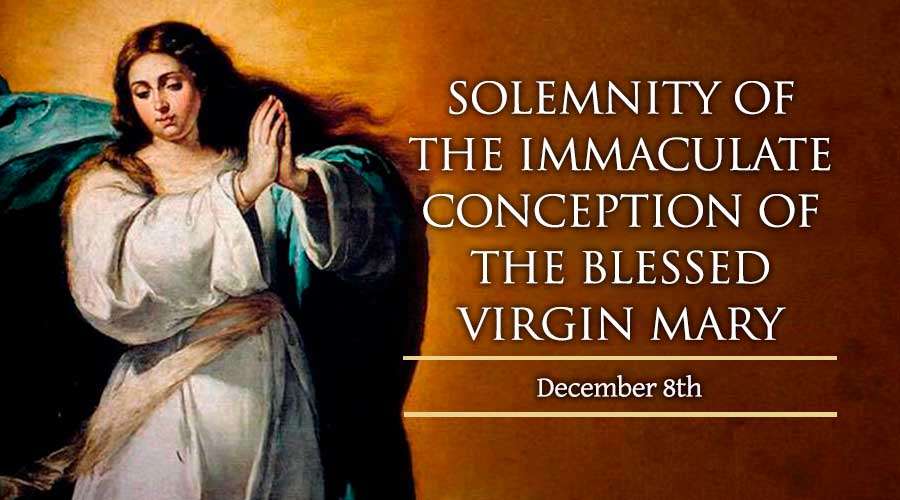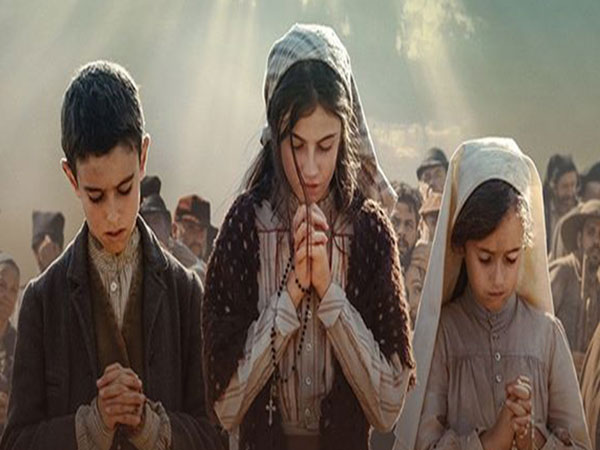Jn 21:1-14
After this, Jesus revealed himself to the disciples by the Lake of Tiberias. He appeared to them in this way: Simon Peter, Thomas who was called the Twin, Nathanael of Cana in Galilee, the sons of Zebedee and two other disciples were together; and Simon Peter said to them, “I’m going fishing.” They replied, “We will come with you.” And they went out and got into the boat, but that night they caught nothing.
When the sun came up, Jesus was standing on the shore, but the disciples did not know that it was Jesus. Jesus called out, “Friends, have you anything to eat?” They answered, “Nothing.” Then he said to them, “Throw the net on the right side of the boat and you will find something.” When they had lowered the net, they were not able to pull it in because of the great number of fish.
Then the disciple Jesus loved said to Peter, “It’s the Lord!” At these words, “It’s the Lord!” Simon Peter put on his clothes, for he was stripped for work, and jumped into the water. The other disciples came in the boat, dragging the net full of fish; they were not far from land, about a hundred meters.
When they landed, they saw a charcoal fire with fish on it, and some bread. Jesus said to them, “Bring some of the fish you’ve just caught.” So Simon Peter climbed into the boat and pulled the net to shore. It was full of big fish—one hundred and fifty-three—but, in spite of this, the net was not torn.
Jesus said to them, “Come and have breakfast.” And not one of the disciples dared to ask him, “Who are you?” for they knew it was the Lord. Jesus came and took the bread and gave it to them, and he did the same with the fish.
This was the third time that Jesus revealed himself to his disciples after rising from the dead.
REFLECTION
Like many gospel scenes, the scene in today’s gospel reading can be understood at two levels: the level of facts (what actually happened, who did what, who said what, where did the action take place, at what time, etc.), and the level of meaning or significance (what the author wants to express at a deeper level, using symbols to convey this deeper meaning).
At the factual level John is recalling a miraculous catch of fish and a post-resurrection appearance of Jesus. But, since Peter is the main character of the story and Peter is the Head of the Church under Jesus, the author is telling us that Peter and his boat represent the Church symbolically. Now, as long as the Church is working independently of Christ, it achieves nothing. But, when Christ enters the picture and Peter follows his instructions (in a great act of faith), then the Church is immensely successful. Incidentally, St. Jerome claims that Greek zoologists of his time catalogued 153 species of fish—in other words, the Church reaches all peoples of the world. One can notice, also, that John (because he is the closest friend of Jesus) is the first to recognize him. Love enables him to see what his companions cannot see.
CLARETIAN COMMUNICATIONS FOUNDATION, INC.
8 Mayumi Street, U.P. Village, Diliman, 1101 Quezon City, Philippines
Tel.: (02) 921-3984 • 922-00-11 • 921-28-59 Fax: (02) 921-6205, 927-7429
Bookstore: (02) 924-6835
Email: ccfi@claretianpublications.com / cci@claret.org
Website: www.claretianpublications.com








